
Field Kit Equip for effective field experiences

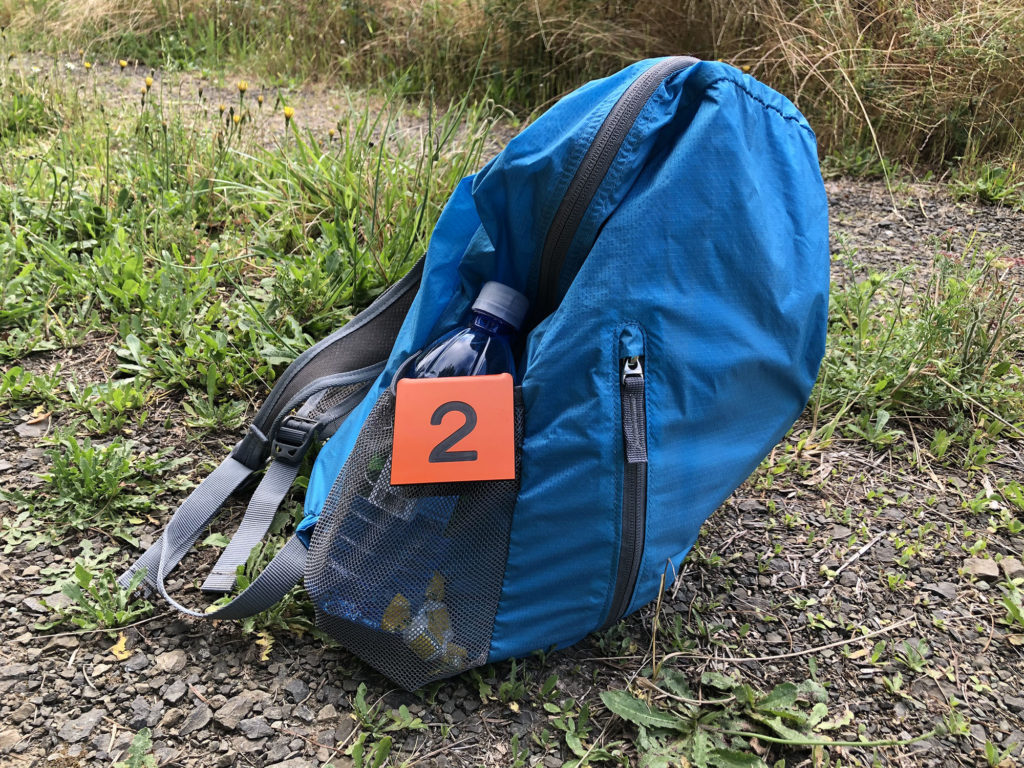
Field Kit Objective
Develop a field kit that includes equipment for safe and effective field work.
Field work is the term used for research outside of the laboratory or library. This means leaving the controlled and convenient lab setting for the unpredictable complexity of nature.
In the field, new variables can be found, and hypotheses can be tested in real-world conditions.
Let’s start with an overview of field work considerations.
Watch this video; you can select the closed captioning “cc” option if you would like to see the text.
Field Work
Effective planning includes:
- Selection of locations that provide information (data) on research organisms
- Minimal cost in fuel and equipment wear and tear
- A schedule of tasks to be completed
- A materials list, including necessary field kits
- Safety considerations specific to the location
Planning involves setting reasonable goals and outlining the steps you can take to safely and reasonably reach those goals. Planning takes practice just like other skills.
You may be studying organisms on location
In upcoming journal page assignments you may want to observe organisms on location. Assignments can be successfully completed indoors, but we want to make sure everyone is prepared for field work in case that becomes an option.
Start this Guide’s second journal assignment here
Journal Page #8: Field Kit
In this assignment you will be assembling a field kit for laboratory and field work. When complete, upload a photo to Canvas, and you can add information to the comment box provided, if desired.
You do not need to make purchases for this assignment, contact Mark or Carla if you have difficulty selecting an item.
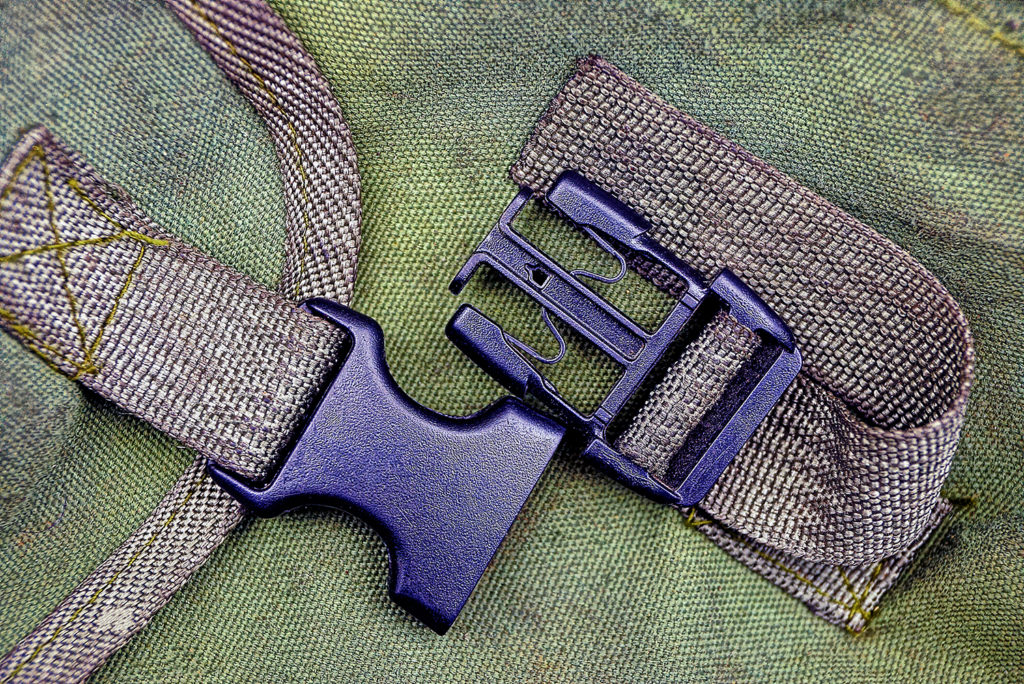
Your field kit should contain:
Safety Gear: could be a smaller safety kit, a list of safety instructions, and/or other safety materials you feel are important.
Weather Gear: could include a hat, sunscreen, heavy clothes, whatever you feel you will need to use in your weather conditions.
Map(s): directions to a nearby location that has wildlife in a habitat. This can be a park, forest, grassland, beach, etc. The map or maps can be on a digital device (arranged in the field kit photo) or printed out.
Data Collection Materials: could include a ruler, watch/timer, camera phone, journal, note pad, pencils, plastic bags, binoculars or whatever else you come up with.
A Creative/Personal Addition: could be a towel (for fans of Hitchhiker’s Guide to the Galaxy), camping gear, a compass, a box for specimen storage, or something innovative for collecting information about animals.
Something to Carry Everything in: could be a backpack, a garbage bag (we’ve used these), a bucket, or whatever you plan to use.
A field kit is a logical bridge between planning and data collection on location.
Here is a tour of our field kits.
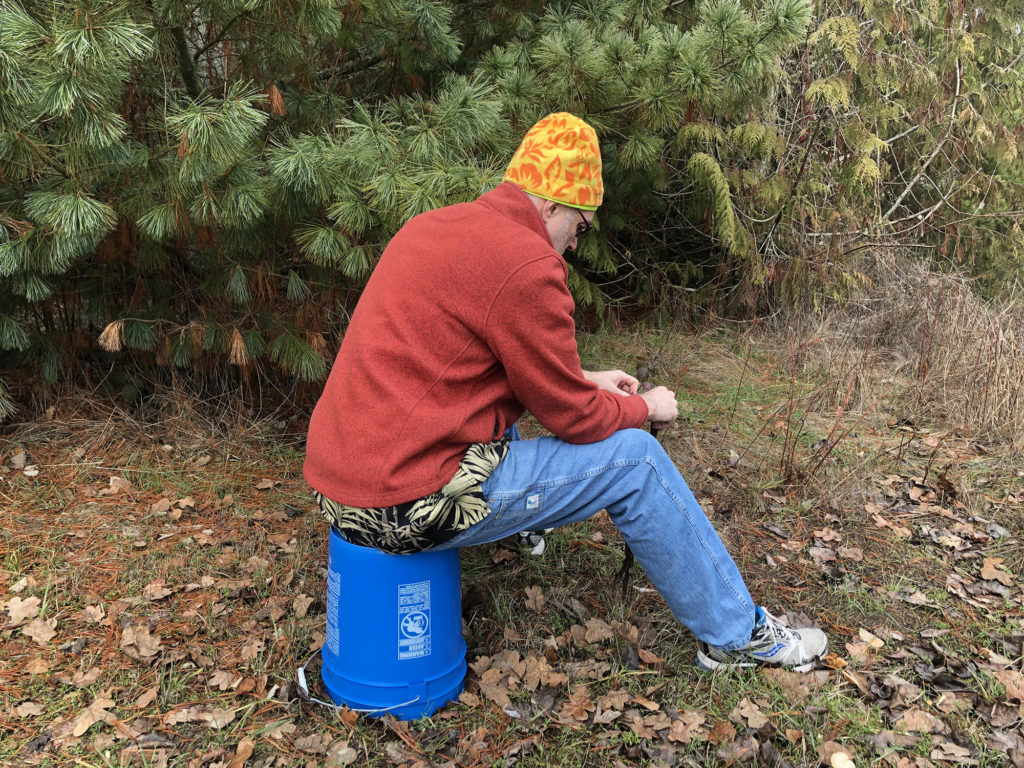
Sometimes the best field gear is the least expensive or most commonplace.
A bucket can be used to carry equipment, store wet samples, and substitute for work as a stool.
Keep it simple: the easier to carry and assemble, the more likely you are to use it in the field.
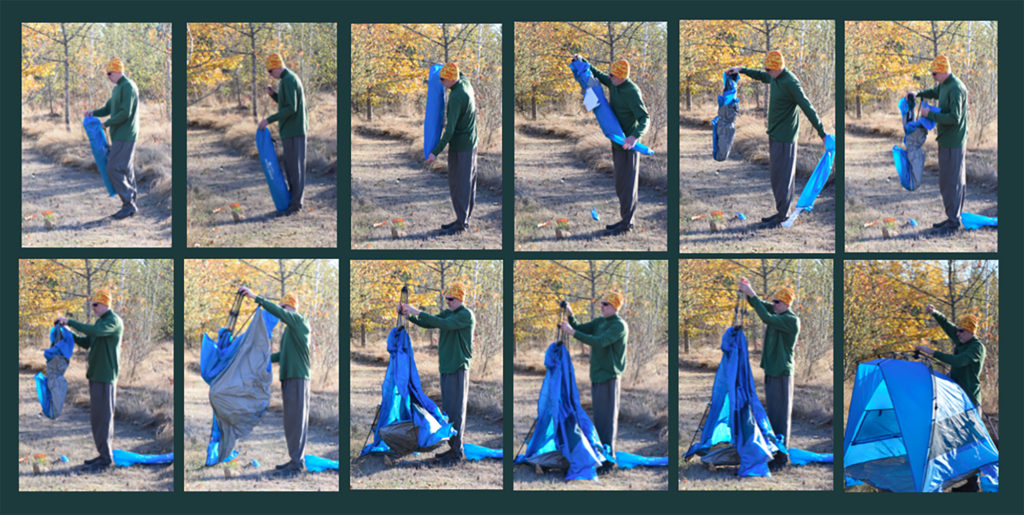
Field Kits
Recipe for an effective kit:
- Can be carried over a distance comfortably
- Weather proof, including high temperatures and rain
- Animal-proof, food and scented items in plastic bags or containers
- Enough water and food for an unexpectedly long trip
This is the end of the Field Work Guide’s content. You have two journal pages to upload to Canvas by Wednesday 11:59 p.m. P.S.T. There is no quiz for this guide.
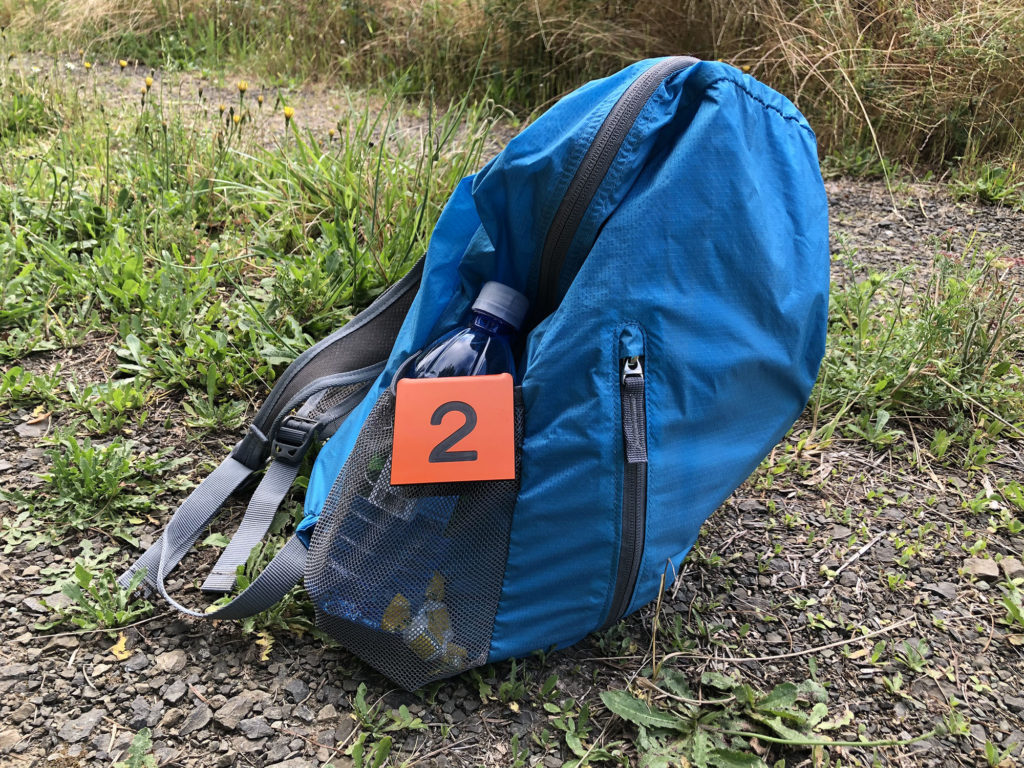
Check your knowledge. Can you:
develop a field kit that includes equipment for safe and effective field work?
Field Work Guide Contents
Complete both of these sections as background for your two journal pages. There is no quiz for this guide.


